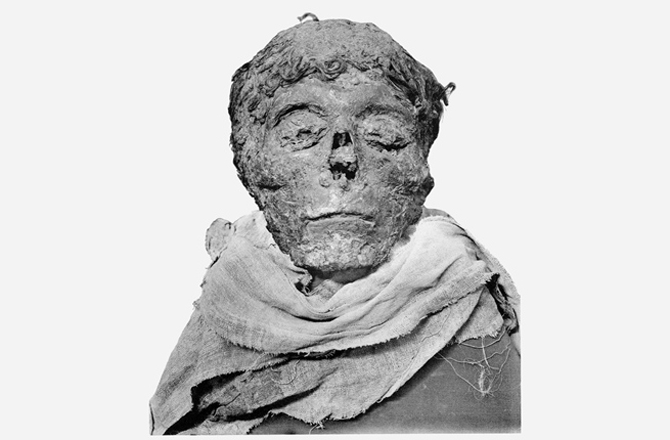
It's known from historical sources that incestuous marriages were common among the ancient Egyptian royalty. The pharaohs believed they descended from the gods so inbreeding was seen as a way to retain the sacred bloodline.
But it is hard to prove incest in royal marriages through genetic testings because of ethical consideration when destroying mummies' tissues.
Frank Rühli, director of the Institute of Evolutionary Medicine at the University of Zurich, and colleagues used a highly hereditable character, body height, to look for evidence of incest in 259 mummies of both commoners and royals.
"It is actually one of the largest collections of body height of ancient Egyptians and spans all major periods of their history," Rühli told Discovery News.
The researchers tested the hypothesis of royal incest by studying variation (difference between individuals) of body heights of royals and comparing it with variations among commoners.
"Pharaohs varied less in height than men of the common population. This is one indicator of inbreeding," Rühli said.
Detailing their results in the American Journal of Physical Anthropology, Rühli and colleagues noted that the pharaohs were taller than non-royal males from the same time period, while there was little difference between the stature of queens and common Egyptian women.
The average height of the male population varied between 161 cm (5.28 feet) in the New Kingdom (about 1550 - 1070 BC) and 169.6 cm (5.56 feet) in the Early Dynastic period (about 2925 - 2575 BC), making an average of 165.7 cm (5.43 feet) for all time periods.
Females ranged between 155.6 cm (5.10 feet) in the Late Period (712-332 B.C) to 159.5 cm (5.23 feet) in the Early Dynastic period - an average stature of 157.8 cm (5.17 feet)
Overall, the average height of kings was a steady 166 cm (5.44 feet), featuring much less variations compared to the general population. Queens and princesses averaged 156.7 cm (5.14 feet).
The tallest pharaoh among those under investigation appears to be Ramses II (about 1303 - 1212 B.C.), who stood at least 173 cm (5.67 feet) and was married to Queen Nefertari-merj-em-Mut. She too was an outstandingly tall woman for her time, at 165 cm (5.41 feet) -- taller than the average man in the New Kingdom.
The study also confirmed the highly incestuous levels in the rulers of the 17th and 18th Dynasty, with the 165 cm-tall King Amenhotep I scoring the highest on the incest scale.
He probably was the product of three generations of sibling marriages. In comparison, King Tutankhamun earned a half ranking point.
In the lower range of the scoring system, which researchers admit is rather rough, were pharaohs such as Thutmosis III, whose grandparents were siblings, but not his parents.
Pharaohs who were married to their sisters, but whose parents were not siblings, were not considered since the incest effect would only affect their offspring.
"The study shows some evidence for consanguineous (incestuous) marriages in a reliable, non-invasive way," Barry Bogin, professor of biological anthropology at Loughborough University, U.K., told Discovery News.
He achieved similar results in a study carried out in Guatemala on living boys and girls between five and 14 years old.
"The height variation was reduced in the children from very wealthy families and very, very poor families compared with more middle-to-low income families," Bogin said.
The pattern of height variation indicated that both the wealthy and the poor lived in homogeneous environments -- very good for the wealthy and very bad for the poor. Those in the middle economic group lived in more variable environments.
"Average height and height variation reflect very nicely the quality of the environment. So, the very good environment of the royal men might be another reason why their height variation is reduced compared with commoners," Bogin said.



Reader Comments
to our Newsletter